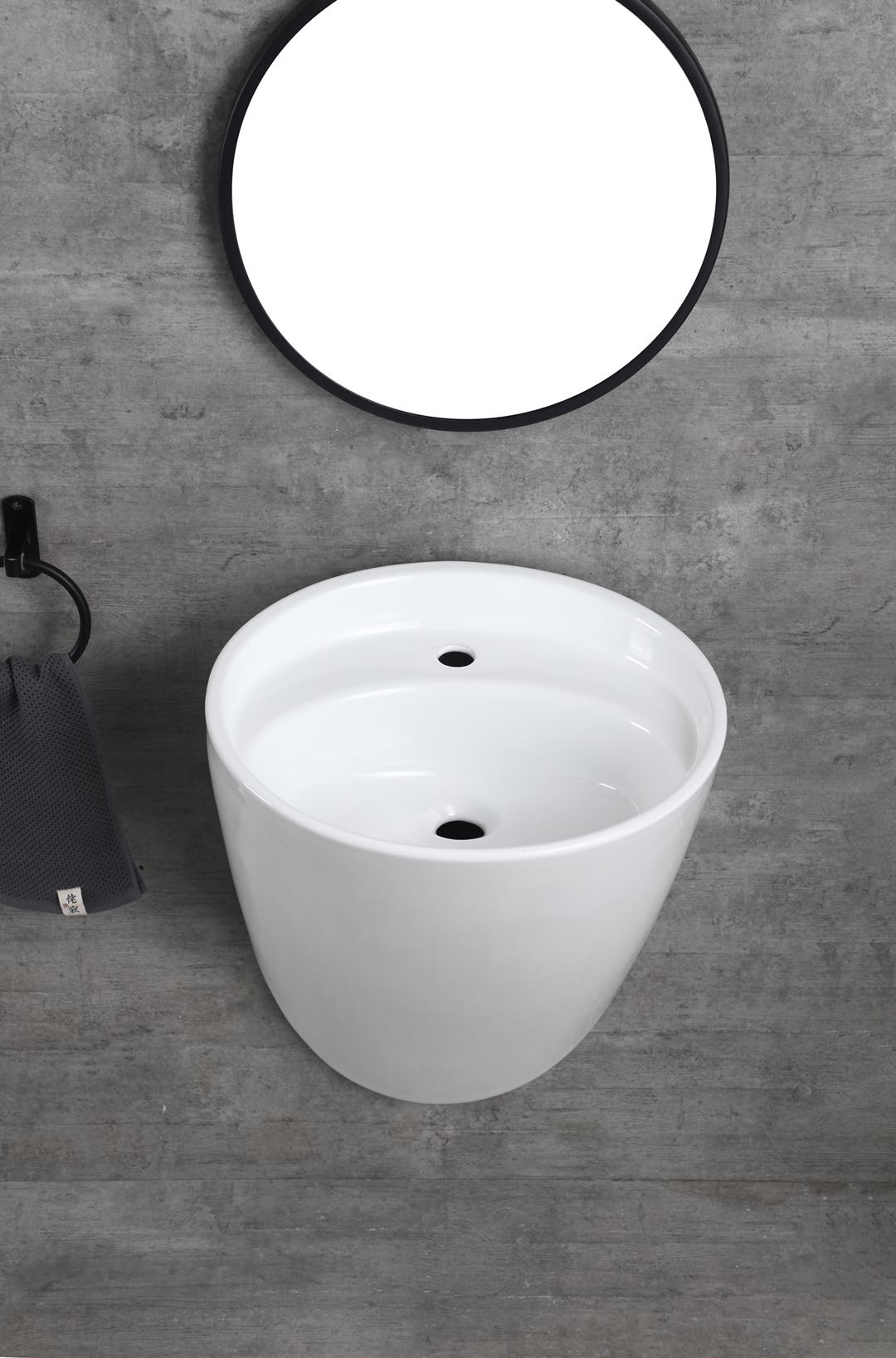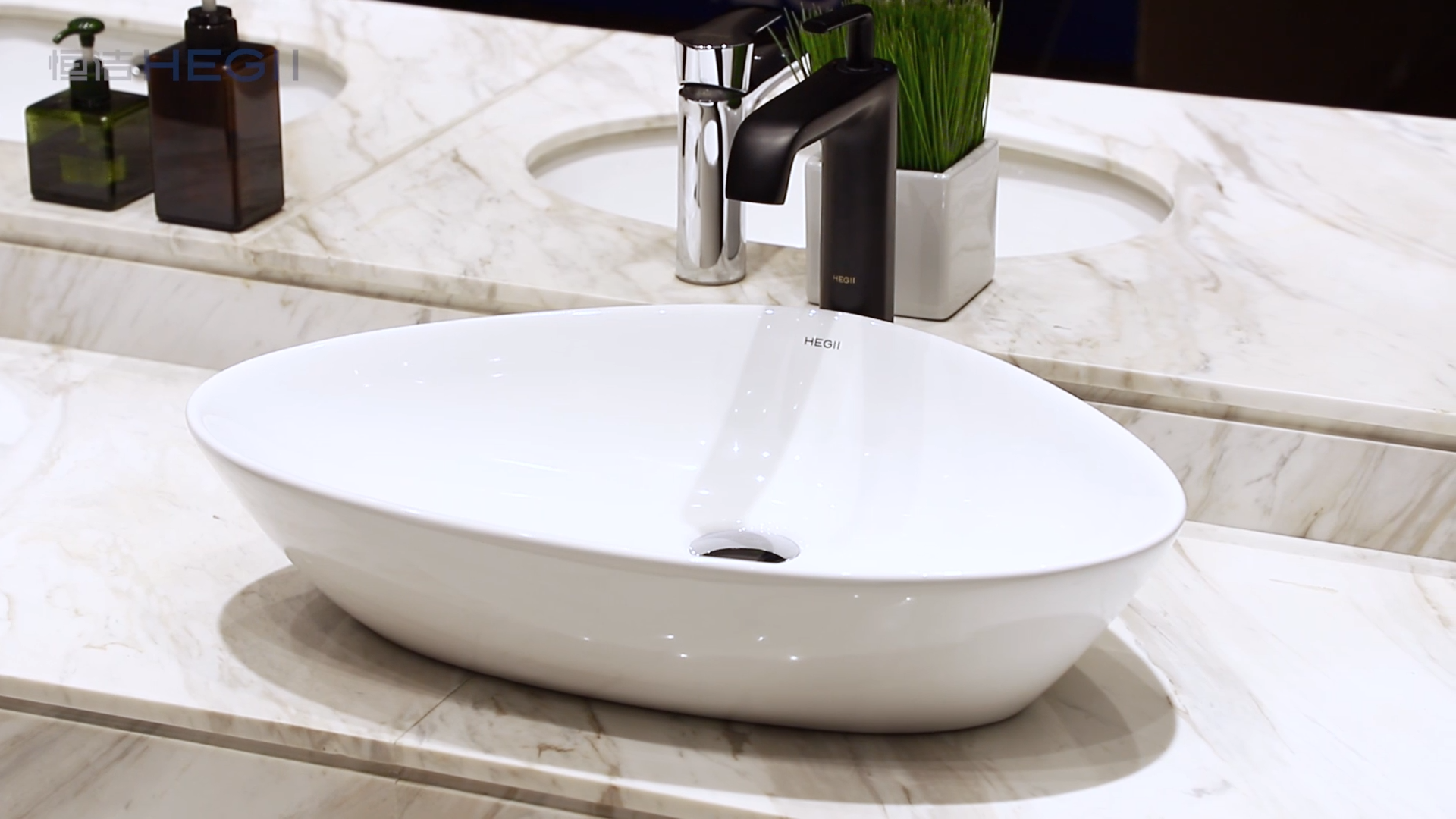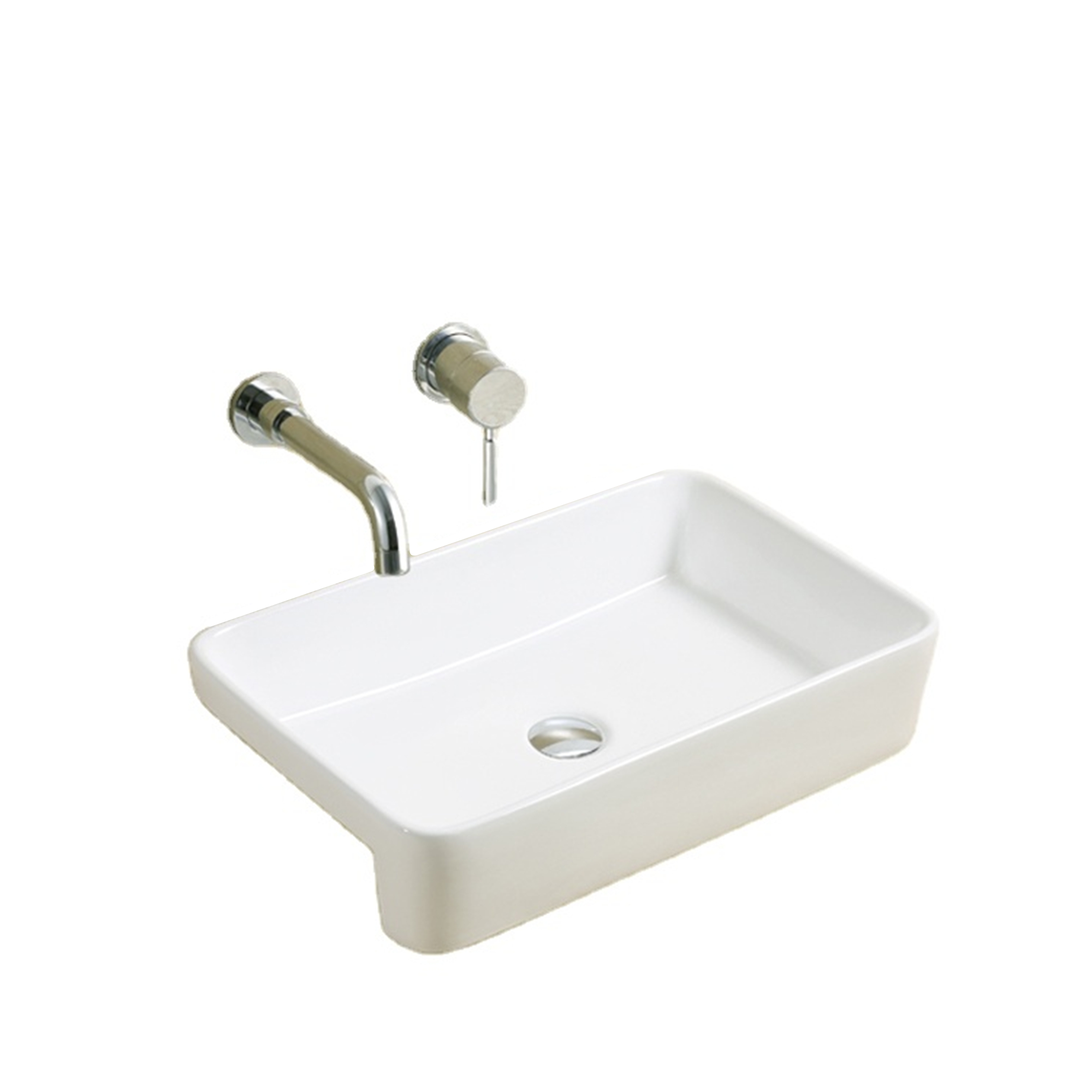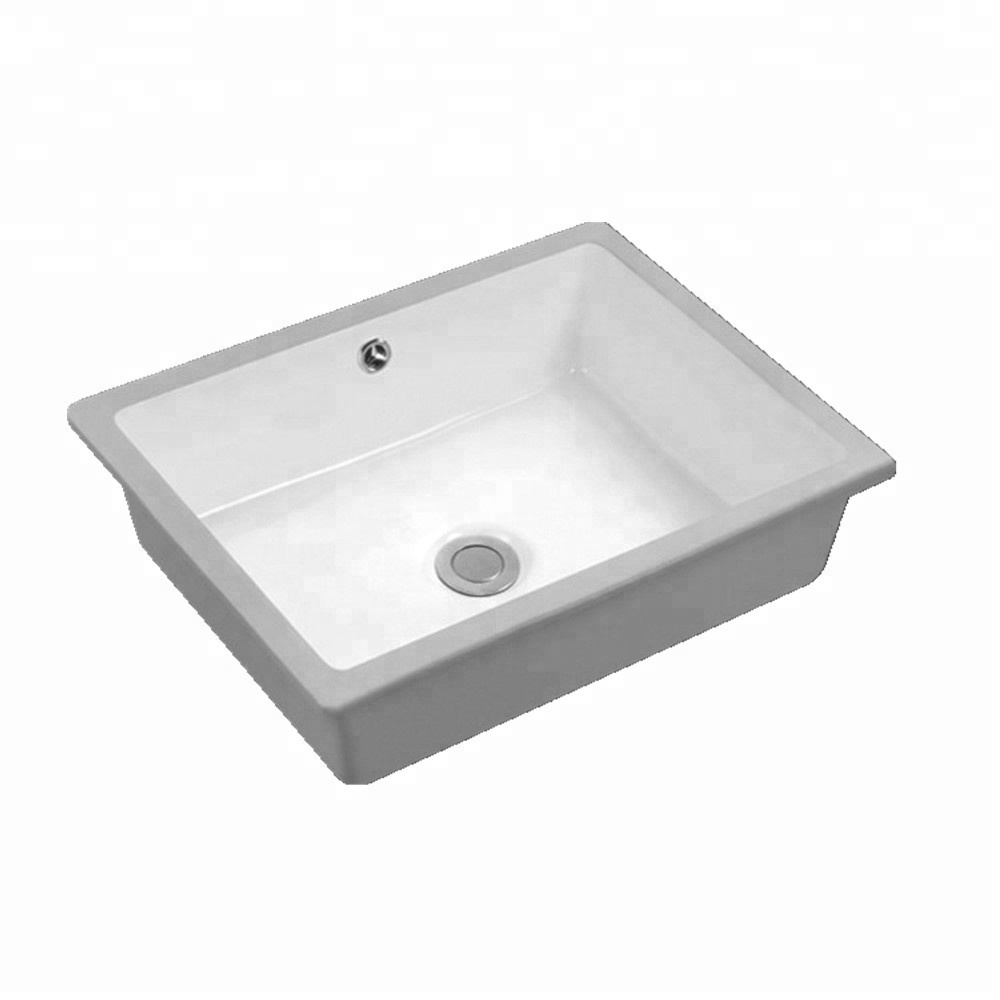Introduction
A clogged bathroom sink can be a frustrating problem, causing standing water and disrupting daily routines. Fortunately, many clogs can be cleared with some basic tools and a little know-how. In this comprehensive guide, we’ll explore effective DIY methods for unclogging a bathroom sink, allowing you to tackle standing water like a pro and restore proper drainage to your sink.

Understanding the Causes of Clogs
Before diving into unclogging techniques, it’s helpful to understand the common causes of bathroom sink clogs. Hair, soap scum, toothpaste residue, and debris can accumulate over time, narrowing the drain and impeding water flow. Additionally, foreign objects like jewelry or small toys may inadvertently find their way into the drain, exacerbating the problem. By identifying the root cause of the clog, you can tailor your unclogging approach for optimal results.
Assessing the Severity of the Clog
Not all clogs are created equal, and the severity of the blockage can vary. Before attempting to unclog the sink, assess the severity of the clog. Is the water draining slowly or standing completely still? Are there any visible obstructions in the drain? Understanding the extent of the clog will help determine the most appropriate course of action.

Gathering the Necessary Tools and Supplies
To effectively unclog a bathroom sink, gather the necessary tools and supplies beforehand. You’ll likely need a plunger, a drain snake or auger, a pair of needle-nose pliers, a bucket, baking soda, vinegar, and a rag or towel. Having these items readily available will streamline the unclogging process and increase your chances of success.
DIY Unclogging Methods
There are several DIY methods for unclogging a bathroom sink, each suited to different types of clogs. Below, we’ll explore some of the most effective techniques:
1. Plunging the Drain
Begin by using a plunger to dislodge the clog. Ensure the sink is filled with enough water to cover the plunger’s cup, then place the plunger over the drain and apply firm, rhythmic pressure. The suction created by the plunger can help break up minor clogs and restore proper drainage.

2. Removing the Stopper
If plunging proves ineffective, try removing the sink stopper to access the drain directly. Most sink stoppers can be removed by unscrewing or lifting them out of the drain. Once the stopper is removed, use a flashlight to inspect the drain for any visible obstructions, such as hair or debris. Use needle-nose pliers to carefully extract any visible blockages.
3. Using a Drain Snake or Auger
For more stubborn clogs, a drain snake or auger can be highly effective. Feed the snake or auger into the drain until you encounter resistance, then rotate the tool to break up the clog. Continue feeding the tool into the drain and rotating until the obstruction is cleared. Be careful not to damage the drain pipe while using the snake or auger.

4. Baking Soda and Vinegar
For minor clogs and maintenance, a mixture of baking soda and vinegar can help dissolve debris and freshen the drain. Start by pouring a pot of boiling water down the drain to loosen any grease or soap scum. Next, pour half a cup of baking soda followed by half a cup of vinegar into the drain. Allow the mixture to fizz and bubble for about 10 minutes, then flush the drain with hot water to wash away the loosened debris.
5. Commercial Drain Cleaners
Commercial drain cleaners can be effective for severe clogs, but use them with caution, as they contain harsh chemicals that can damage pipes and harm the environment. Follow the manufacturer’s instructions carefully and avoid mixing different types of drain cleaners, as this can produce toxic fumes.
Preventative Maintenance
Once you’ve successfully unclogged your bathroom sink, take steps to prevent future blockages. Install a drain strainer to catch hair and debris, and avoid pouring grease, oil, or coffee grounds down the drain. Regularly flush the drain with hot water and vinegar to help prevent buildup and keep the drain flowing smoothly.

Seeking Professional Help
In some cases, DIY methods may not be sufficient to unclog a stubborn or complex blockage. If you’ve exhausted all your options or are uncomfortable attempting further repairs, don’t hesitate to seek professional help. Plumbers have the expertise and specialized tools necessary to tackle even the most challenging clogs safely and effectively. While it may involve additional cost, hiring a professional can save you time, frustration, and potential damage to your plumbing system in the long run.
Maintaining a Clean and Healthy Drainage System
After successfully unclogging your bathroom sink, it’s essential to maintain a clean and healthy drainage system to prevent future clogs. Adopting good habits, such as regularly cleaning the sink stopper and using drain strainers to catch debris, can help minimize the accumulation of hair and other materials in the drain. Additionally, be mindful of what you put down the drain, avoiding pouring grease, oil, or harsh chemicals that can contribute to blockages.
Addressing Persistent Issues
If you find that your bathroom sink continues to experience frequent clogs despite your best efforts at prevention, it may be indicative of underlying issues with your plumbing system. Persistent clogs could be a sign of improper pipe slope, tree root intrusion, or mineral buildup in the pipes. In such cases, consulting with a professional plumber can help diagnose the problem and implement long-term solutions to prevent future clogs.
Educating Household Members
Educating household members about proper drain maintenance and what should and shouldn’t go down the sink can help prevent clogs in the first place. Encourage family members to avoid disposing of items like dental floss, cotton swabs, and sanitary products in the sink, as these can contribute to blockages over time. By fostering a culture of responsibility and awareness, you can minimize the risk of clogs and keep your bathroom sink running smoothly.
Conclusion
A clogged bathroom sink can disrupt daily routines and lead to frustration, but with the right tools and techniques, you can tackle standing water like a pro. By understanding the causes of clogs and employing effective DIY unclogging methods, you can restore proper drainage to your sink and prevent future blockages. With a little patience and perseverance, you’ll be enjoying a smoothly flowing sink in no time.

